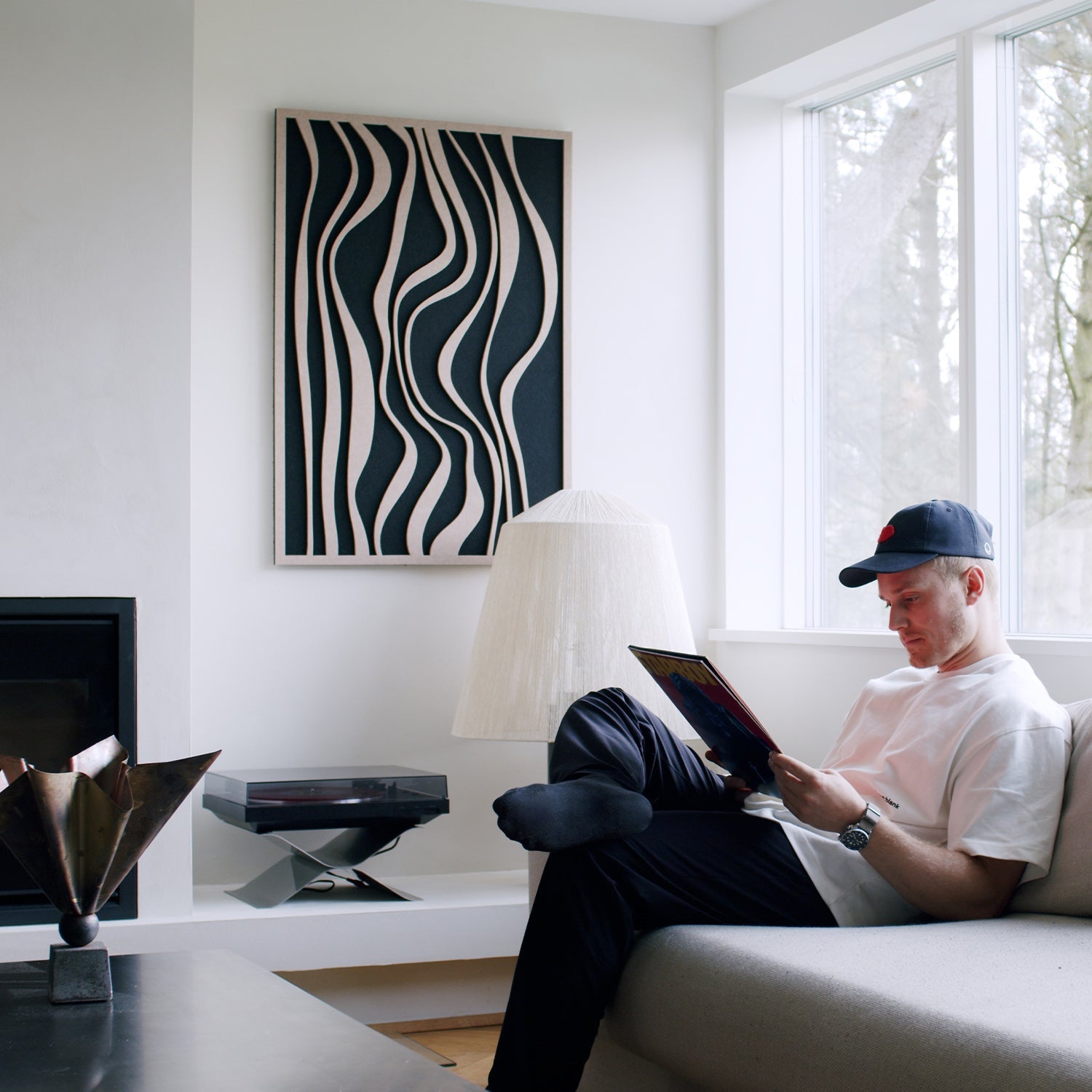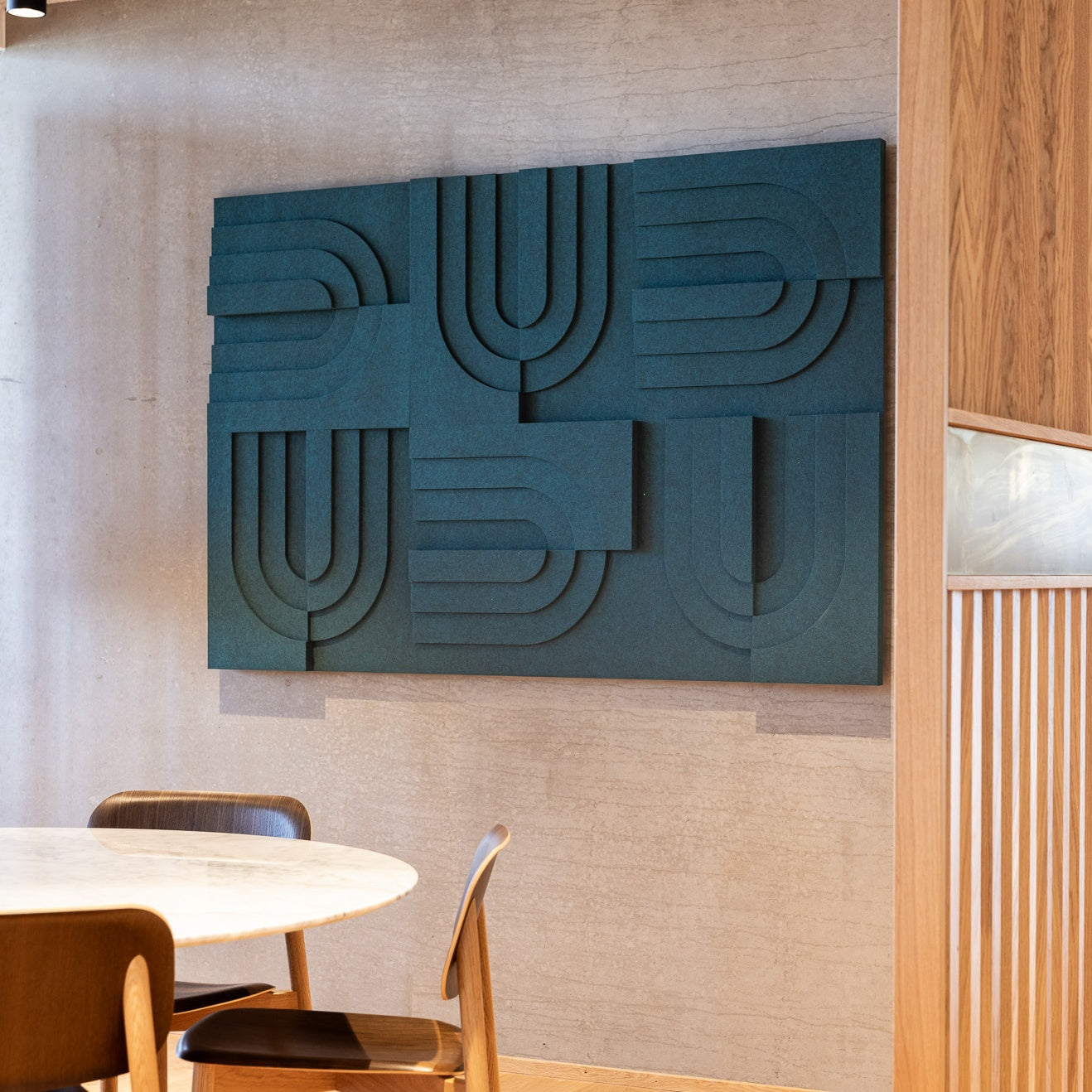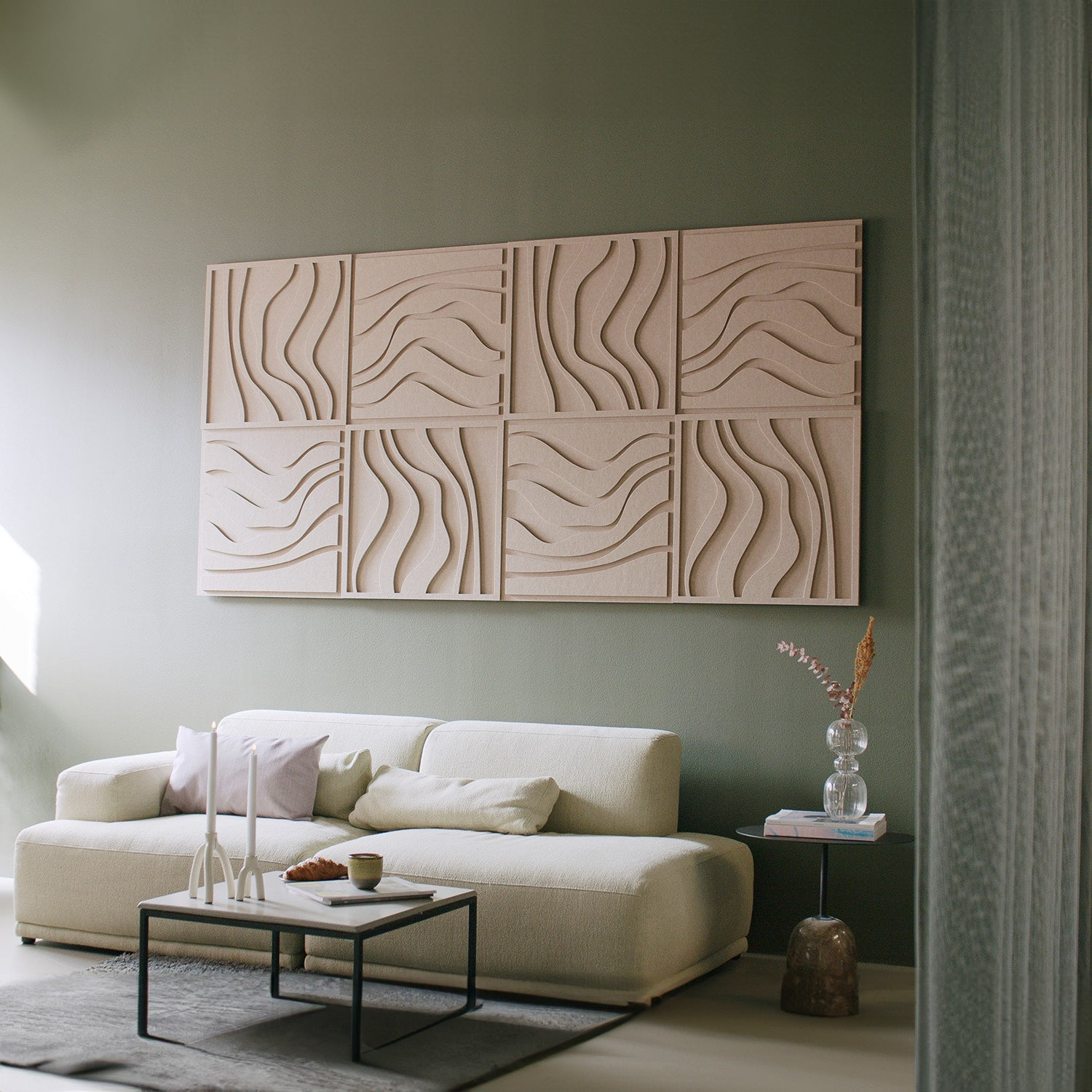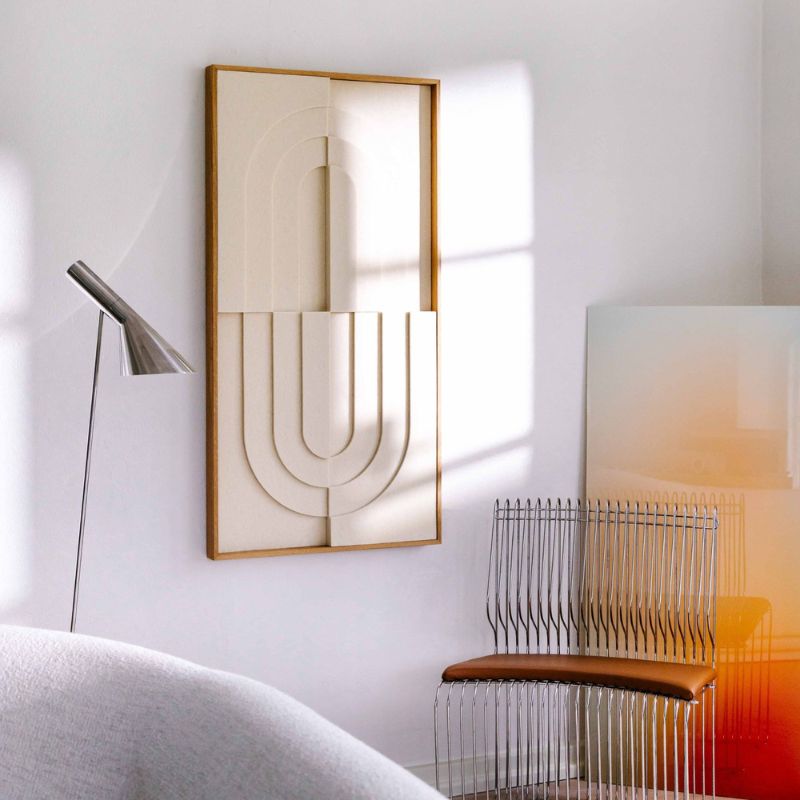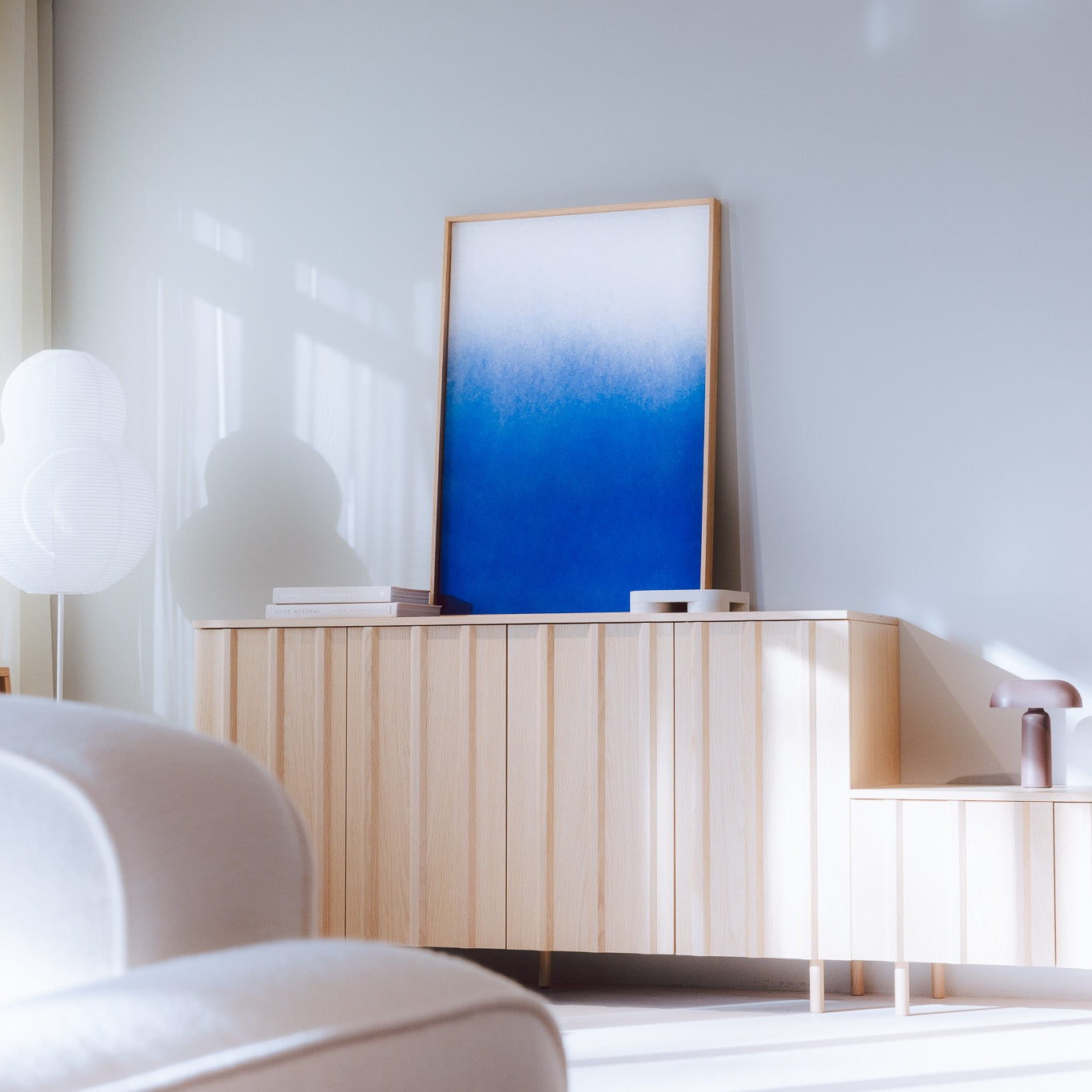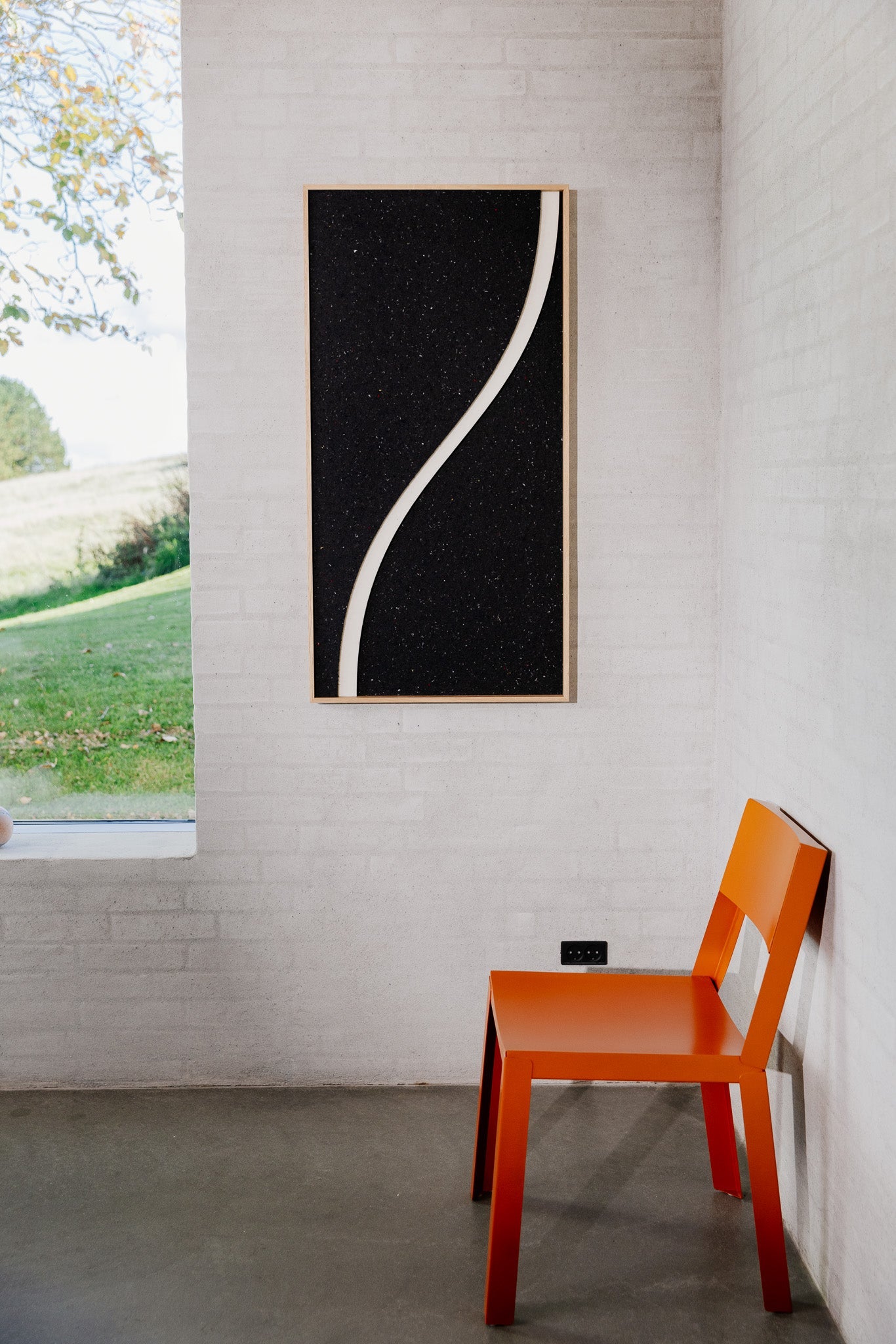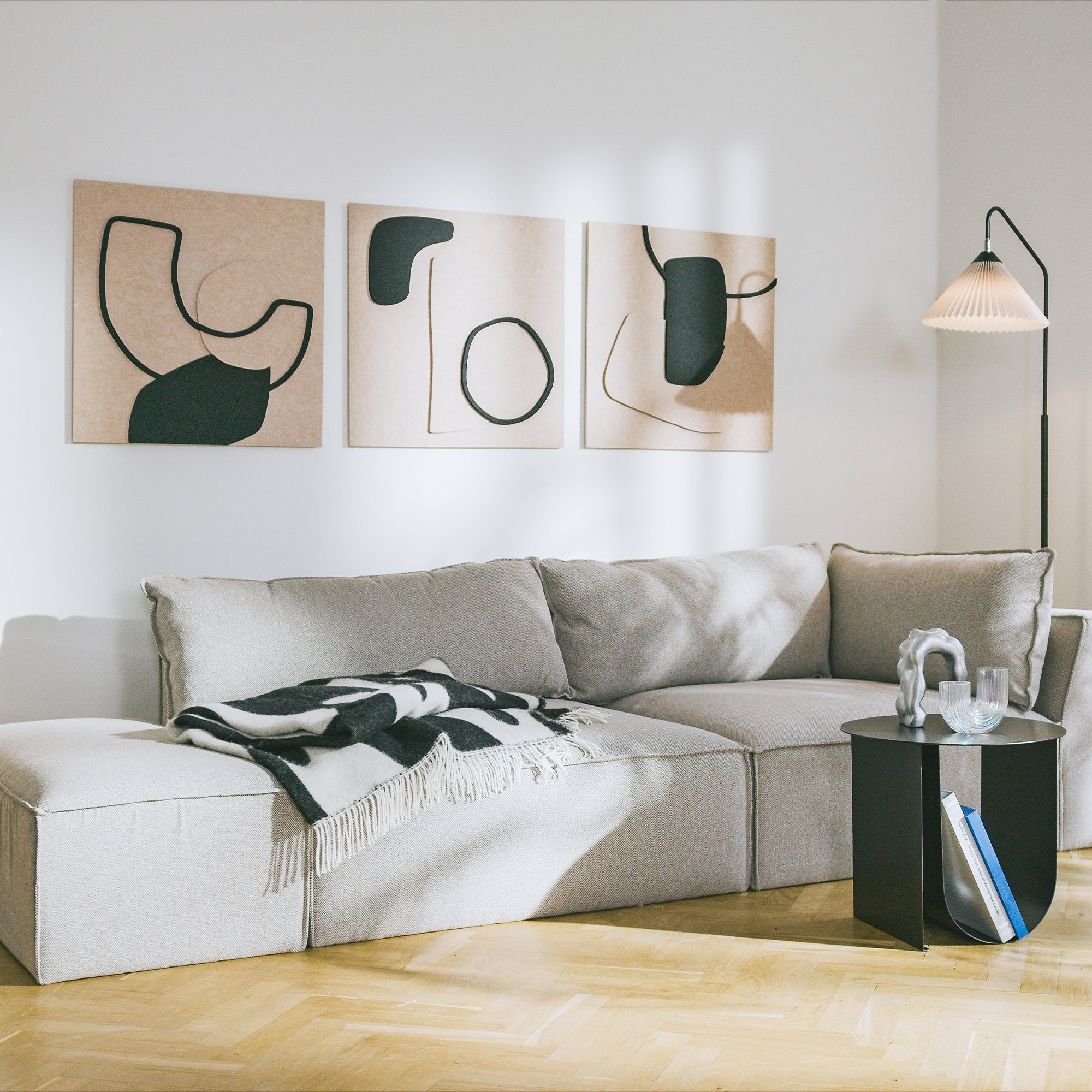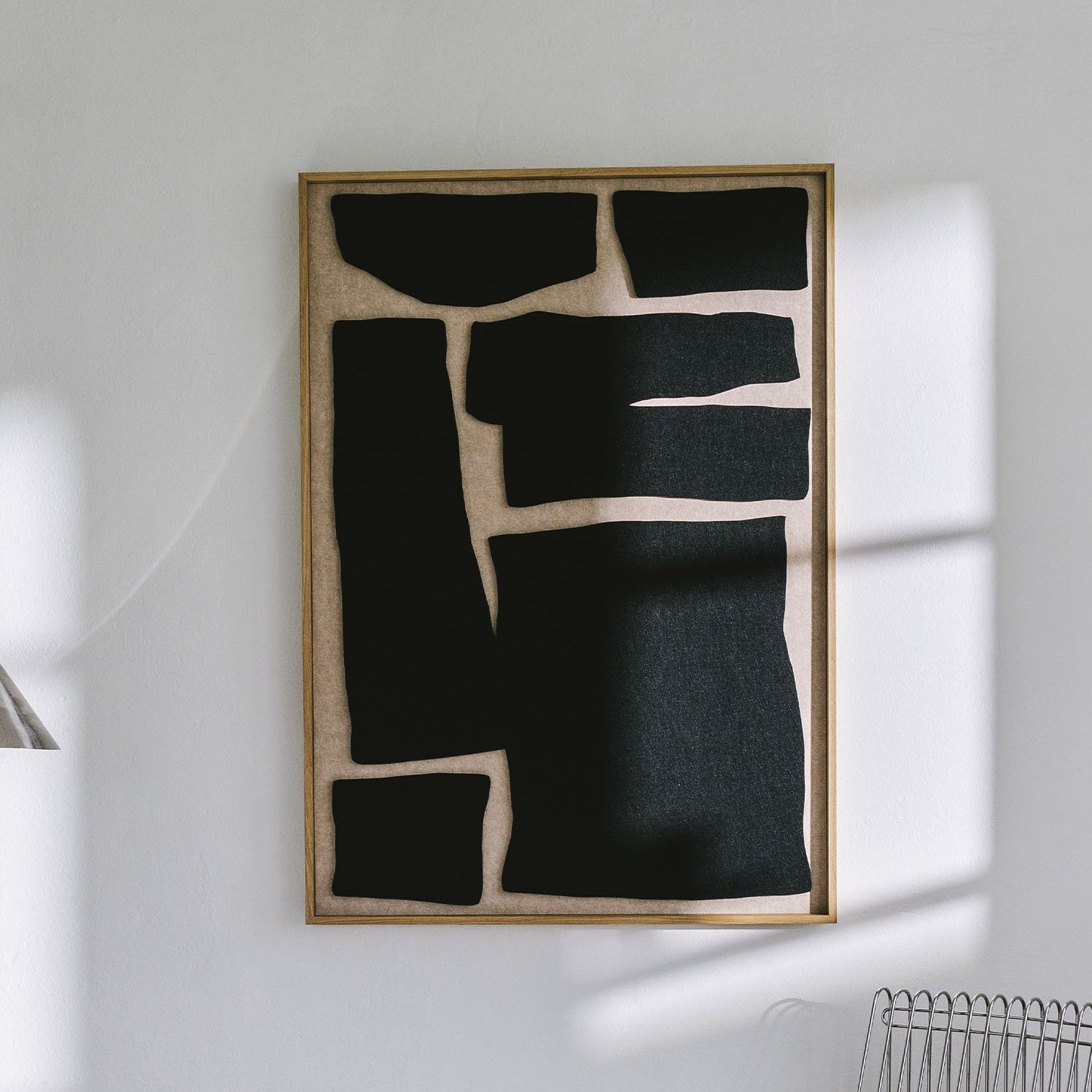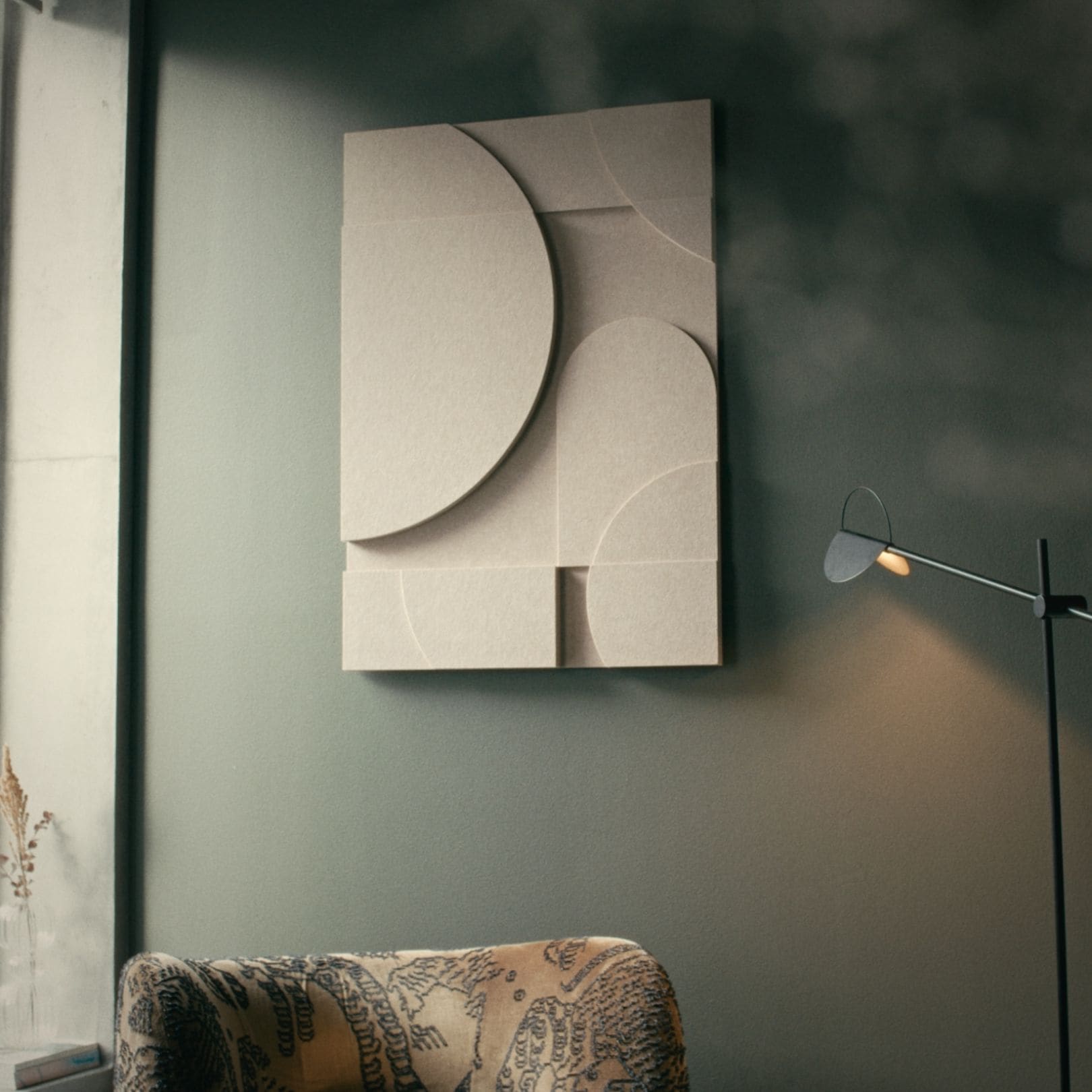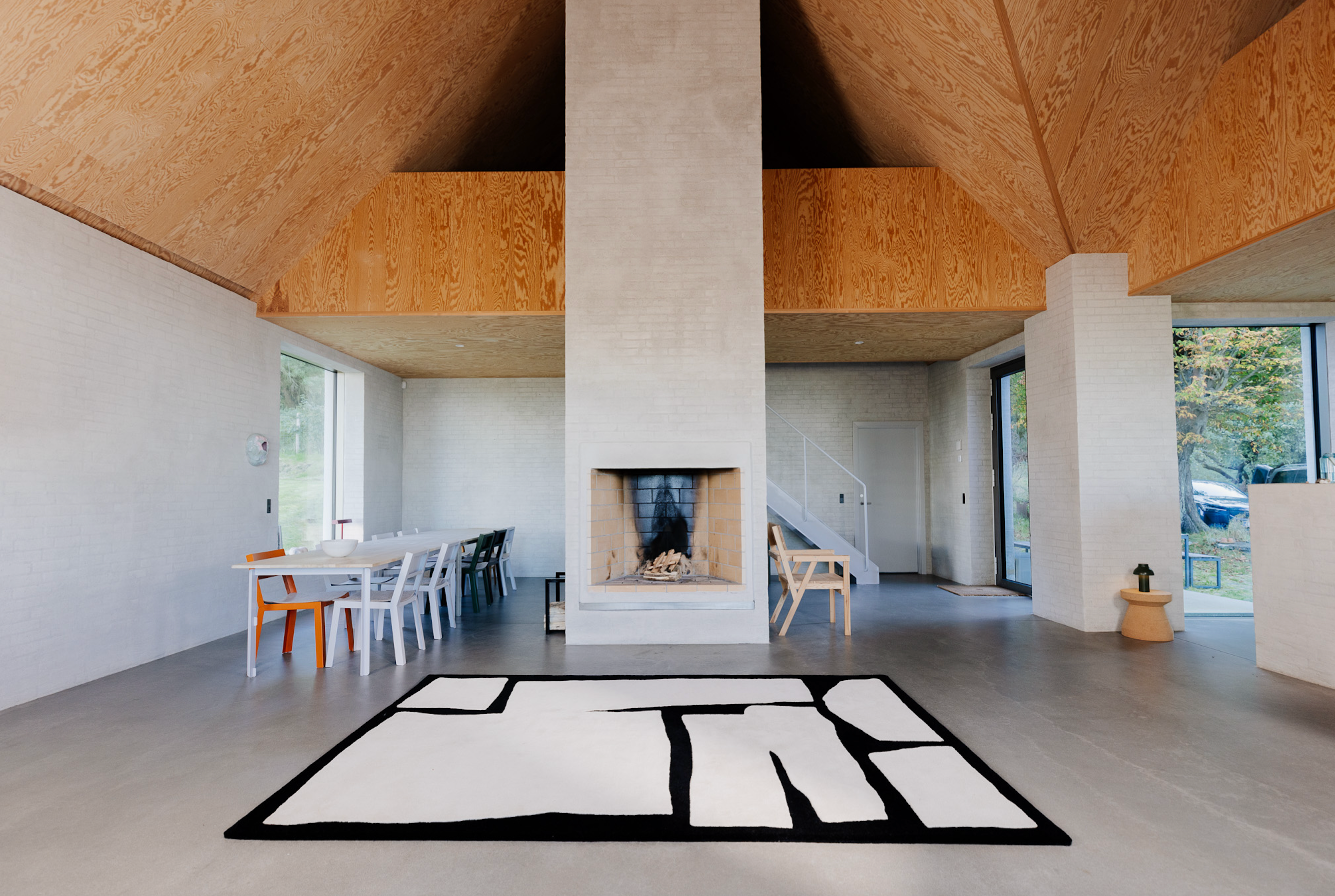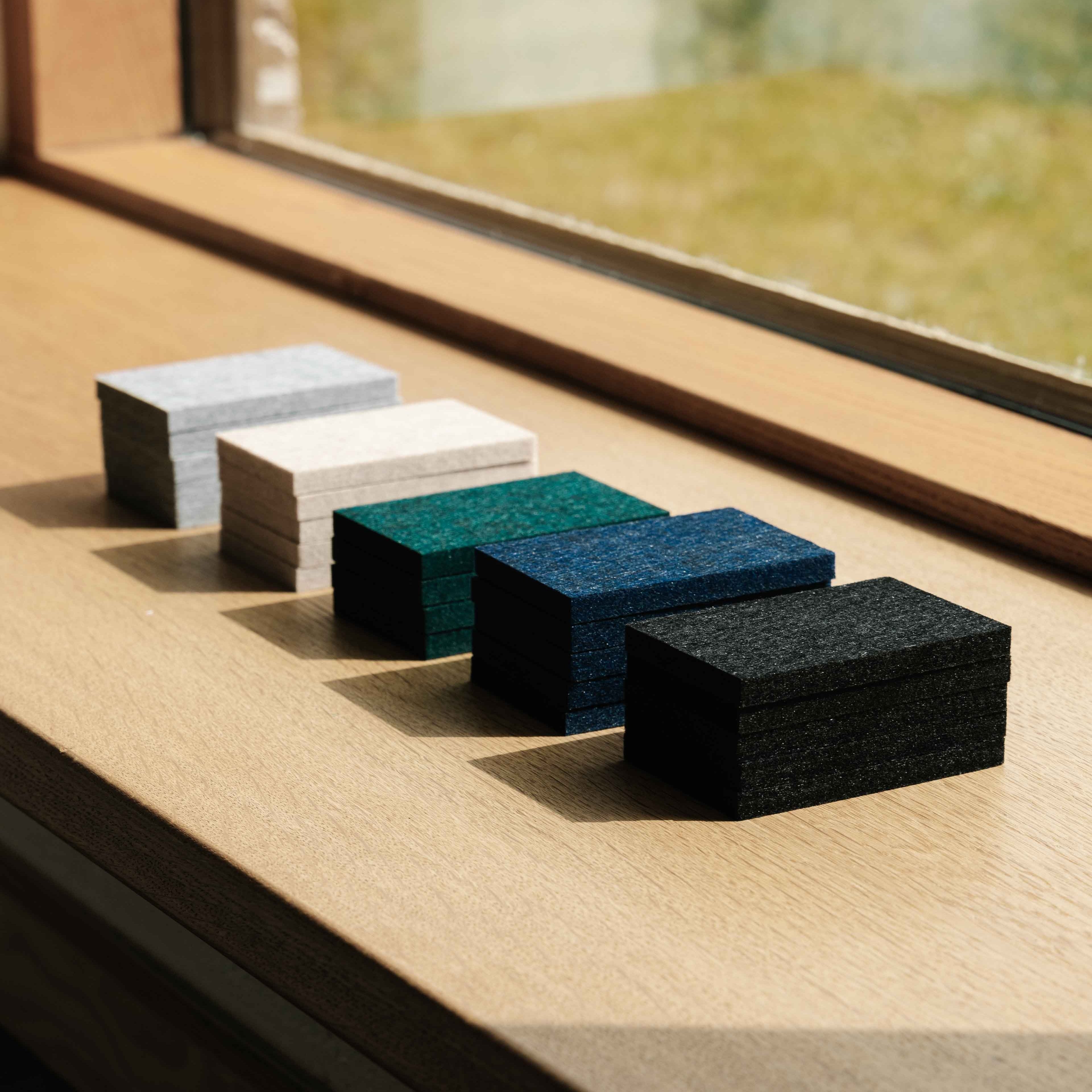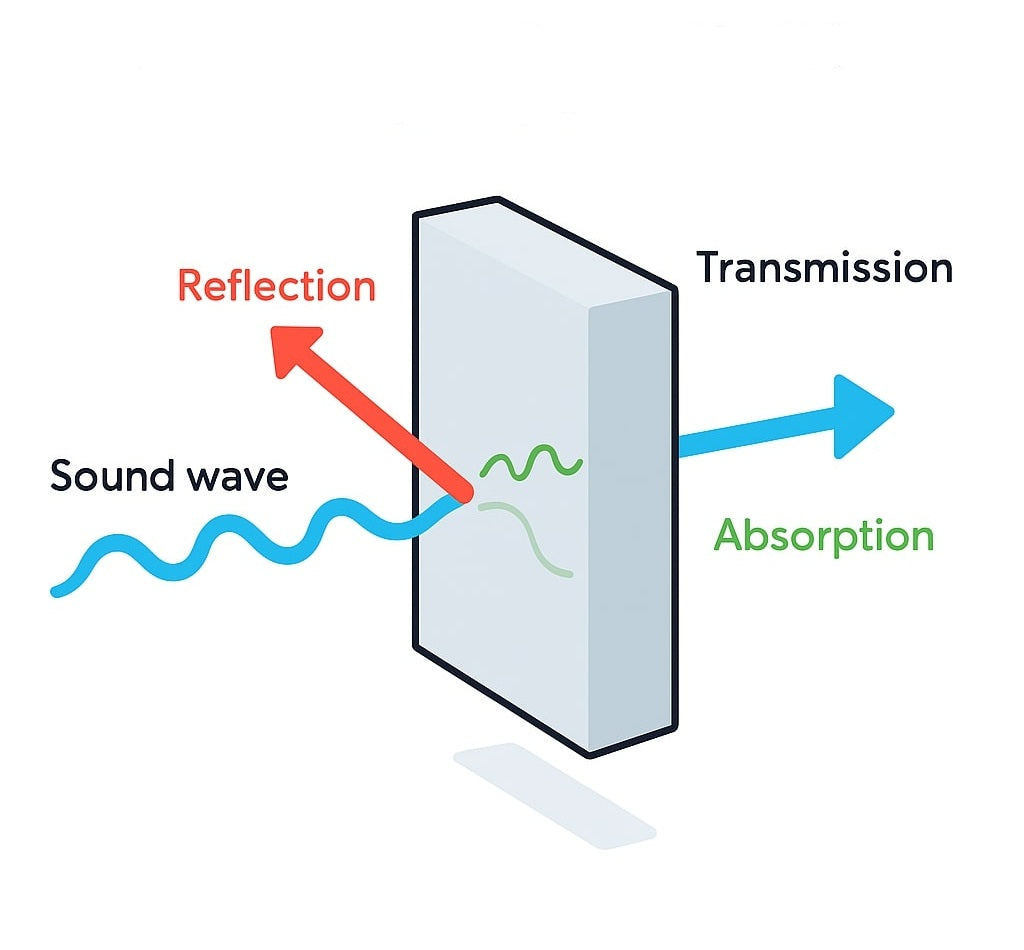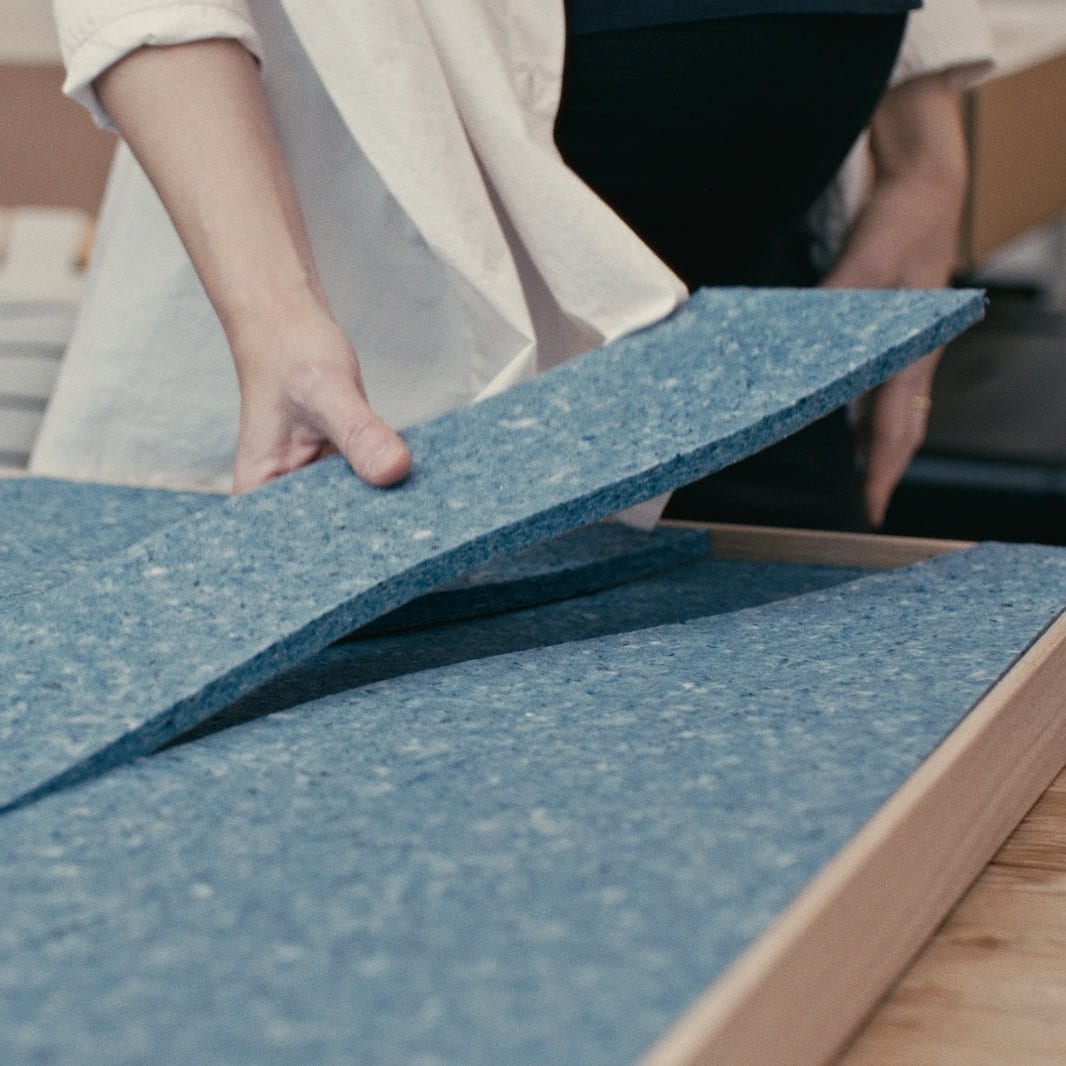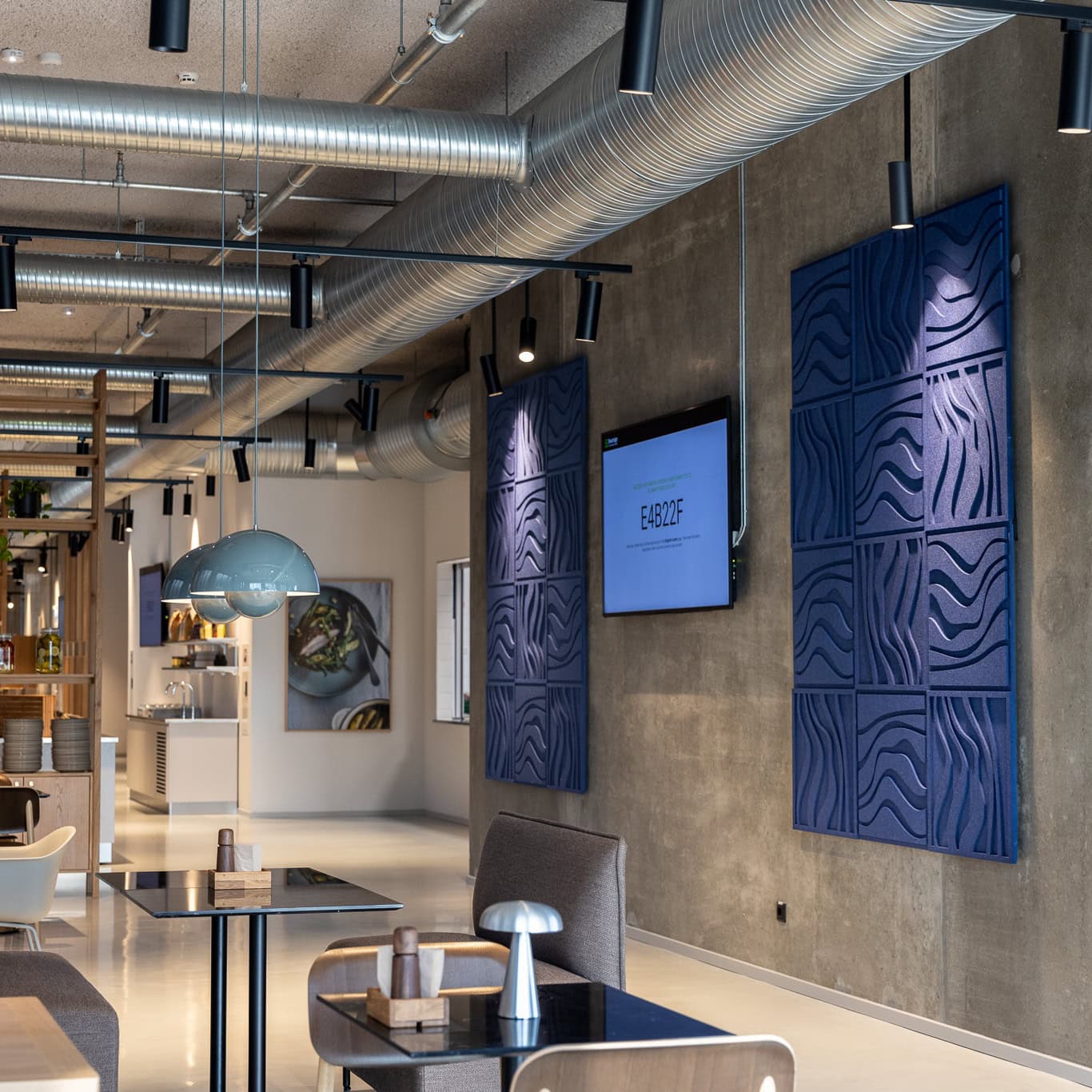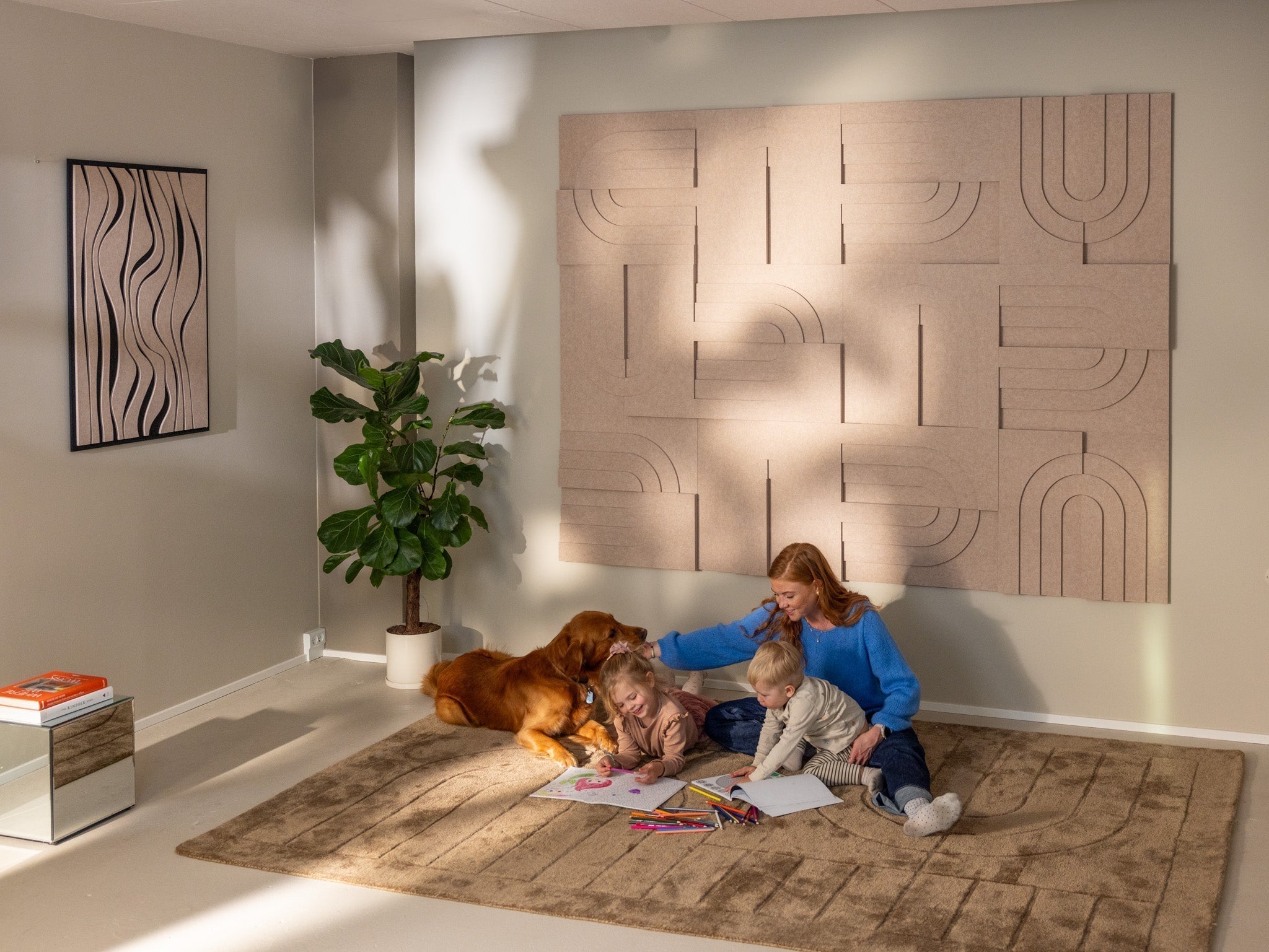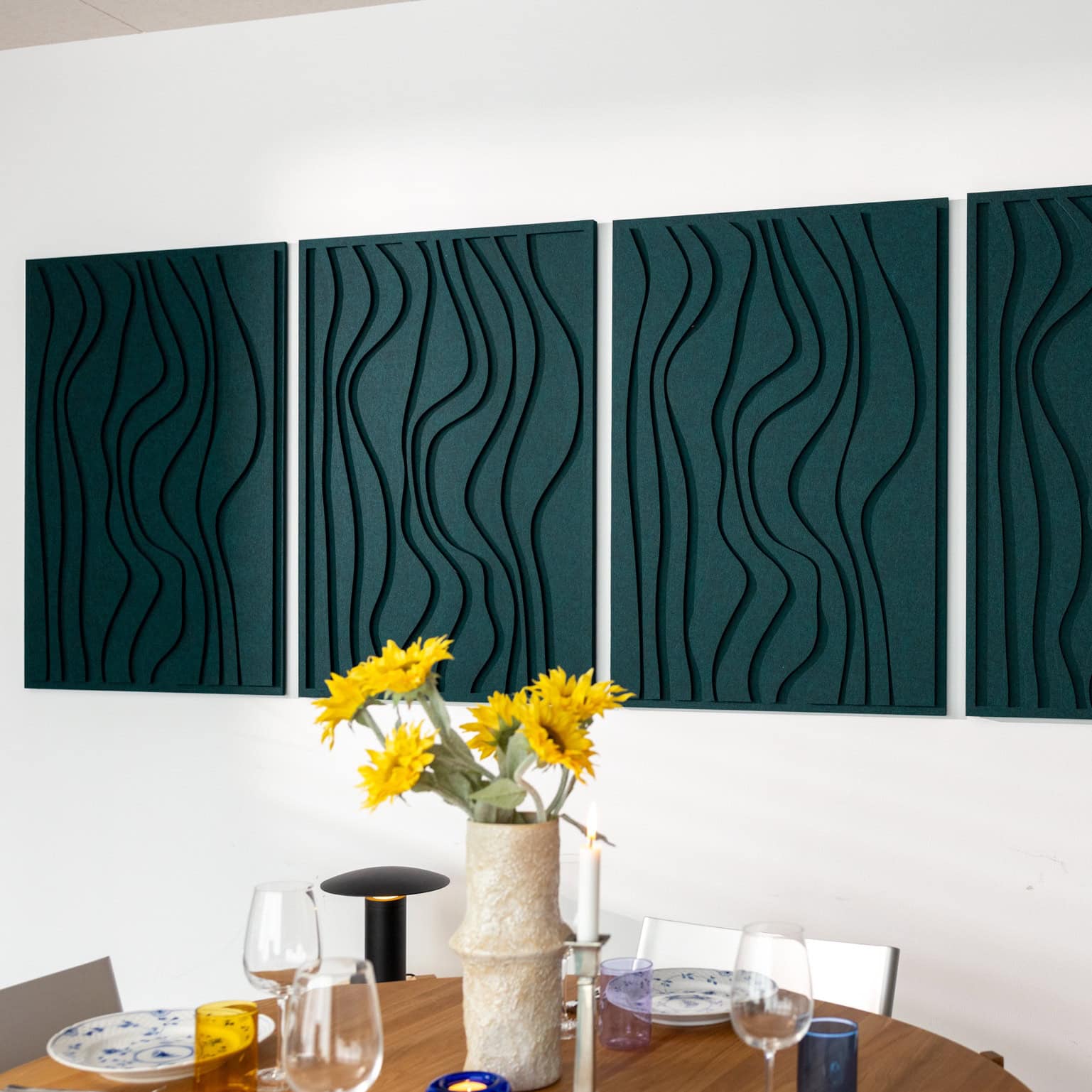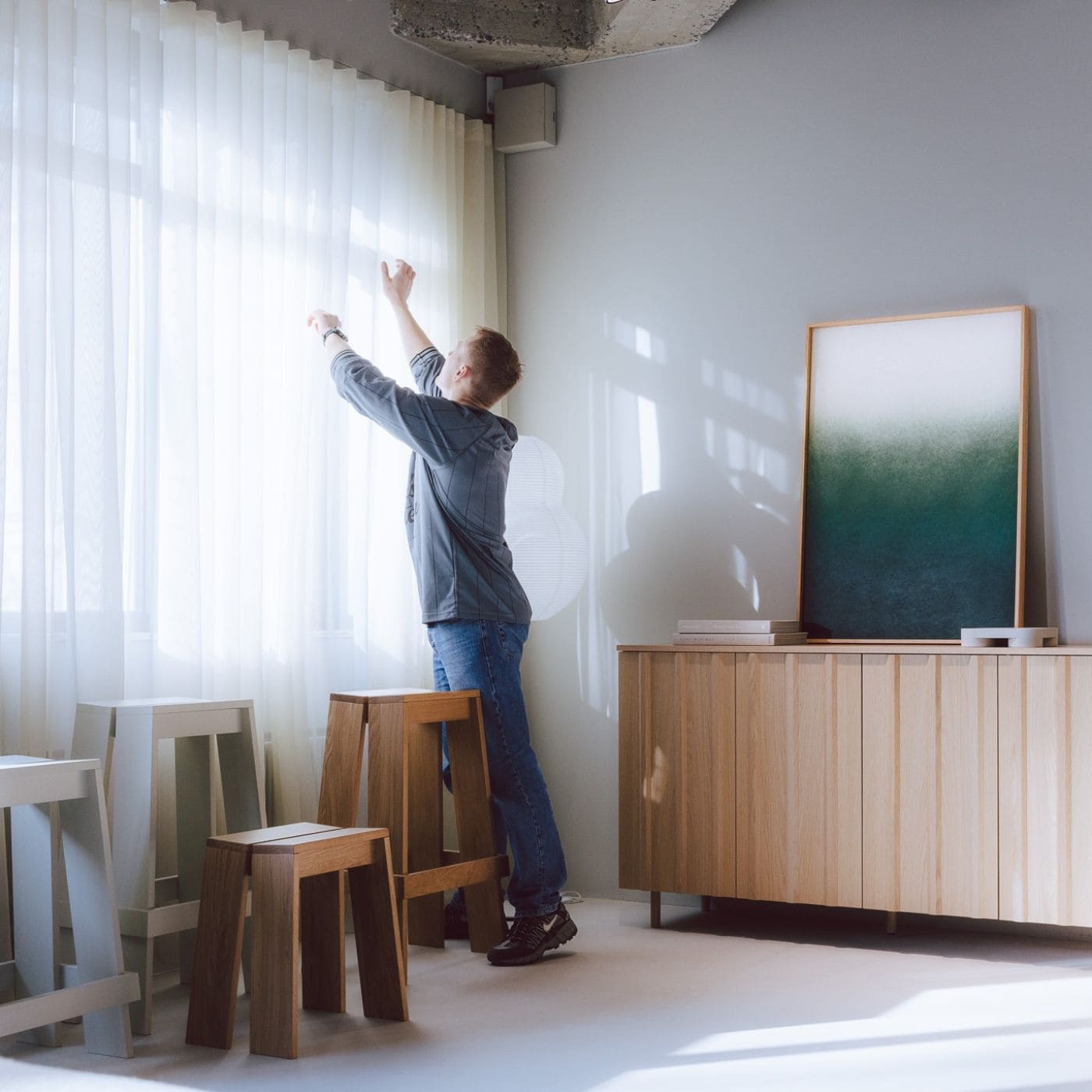Artikel: Guide till ljudförbättring med akustiska paneler
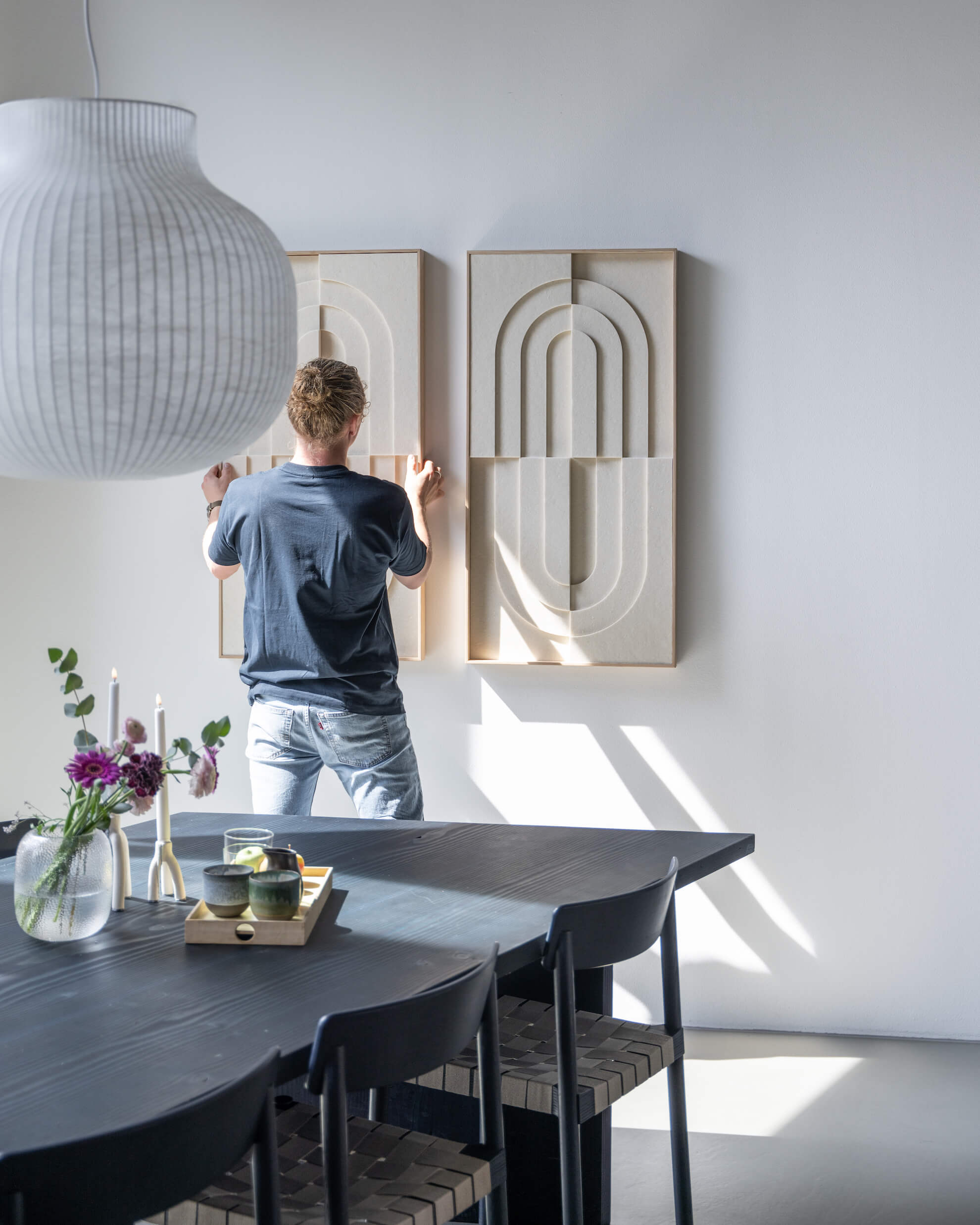
Guide till ljudförbättring med akustiska paneler
I en värld ständigt fylld av ljud är det avgörande att skapa en miljö som främjar lugn och välbefinnande. Ett av de mest effektiva verktygen för att uppnå detta är genom användningen av akustikpaneler. I det här inlägget kommer vi att utforska hur akustikpaneler kan förbättra ljudmiljön i ditt hem och skapa den perfekta atmosfären för avkoppling, koncentration och allmän välbefinnande.
Vad är akustiska paneler?
Akustikpaneler är specialdesignade paneler gjorda av ljudabsorberande material som filt, skum eller tyg, designade för att minska efterklang och minimera oönskat ljud i ett rum. Dessa paneler fungerar genom att absorbera ljudvågor som normalt skulle reflekteras av hårda ytor som väggar, tak och golv, vilket resulterar i en trevligare ljudupplevelse.
Hos Arturel är till exempel alla våra akustikpaneler gjorda av återvunnen filt , med en A+ ljudabsorptionskoefficient (NRC) på 0,85, vilket innebär att de effektivt absorberar inkommande ljud och avsevärt förbättrar rummets akustik. Det finns många olika sätt att designa akustikpaneler , men vi har valt att behålla den akustiska bilddesignen och låta innehållet vara drivkraften.
Hur hjälper akustiska paneler?
Efterklang och rumsresonans är två viktiga begrepp inom akustik som spelar en avgörande roll för hur ljud uppfattas i ett rum. Efterklang avser den tid det tar för ljud att avta i ett rum efter att den ursprungliga ljudkällan har stannat. Ett rum med lång efterklangstid kan kännas förvrängt och störande, speciellt om ljudet upprepar sig eller förstärks på grund av reflektioner från väggar, tak och golv.
Rumsresonans hänvisar till mängden ljud som reflekteras i ett rum, vilket kan skapa en "ringande" eller "ihålig" ljudupplevelse. Detta kan vara problematiskt i rum där tydlig kommunikation är viktigt, till exempel ett hemmakontor eller en studio.
Det finns många sätt att förbättra akustiken, och akustiska paneler fungerar genom att absorbera ljudvågor, minska efterklang och minimera rumsresonans. Genom att strategiskt placera ut akustikpaneler runt om i rummet kan du skapa en behagligare ljudupplevelse genom att minska reflektioner och förstärkningar samtidigt som rummets estetik bibehålls. Detta resulterar i ett rum som inte bara känns lugnare och bekvämare utan också lättare att koncentrera sig och arbeta i.
Hur mycket hjälper akustiska paneler?
Effektiviteten hos akustikpaneler kan variera beroende på flera faktorer, inklusive rummets storlek och form, de valda akustikpanelerna och deras placering. Men akustikpaneler har generellt visat sig ha en signifikant positiv effekt på akustiken i ett rum. De rankas vanligtvis av NRC från D-A+ med en koefficient mellan 0,15-0,85. Siffrorna här anger hur många ljudvågor i % en akustisk panel absorberar.
Så, för att karikatyra, om 100 ljudvågor skickas mot en akustisk panel med 0,85, kommer endast 15 av ljudvågorna att skickas tillbaka in i rummet. Anledningen till att många inte skulle föredra en NRC på 1 är att det skulle ge ett väldigt tyst rum, vilket skulle verka som att ha öronproppar i öronen – speciellt om man putsar ett helt rum med NRC 1 akustikpaneler. Därför föredrar de flesta också att efterklangstiden minskas, men inte tas bort helt.
Genom att minska efterklangstiden, vilket är den tid det tar för ljudet att avta efter att den ursprungliga ljudkällan har stannat, hjälper akustiska paneler till att minimera distorsion och skapa en behagligare ljudupplevelse. Detta är särskilt viktigt i rum där tydlig kommunikation är avgörande, som mötesrum, klassrum eller hemmabio.
Akustiska lösningar för hem och kontor
När det kommer till akustiklösningar för hemmet är det viktigt att välja paneler som inte bara uppfyller de akustiska behoven utan även kompletterar hemmets estetik och inredning. Lyckligtvis finns det ett brett utbud av paneler och design att välja mellan, så att du kan hitta den perfekta lösningen för ditt hem.
På Arturel har vi funnit att vår Wave Original passar perfekt i de flesta rum, medan vår något större Wave Long passar bra i mötesrum.
I badrummet föredrar många vår Wave Tile på grund av dess kompakta storlek och vågiga design, medan andra föredrar vår Arch-serie till sovrummet. Även om det här är våra erfarenheter är inget av våra akustiska verk speciellt designat för ett rum, så det finns stora möjligheter att välja den design du föredrar mest.

